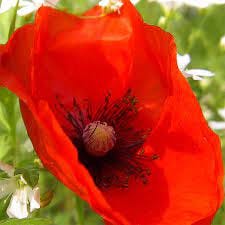English departments use MLA Format. This is a standard method of formatting papers designed by the Modern Language Association. Other academic disciplines might use different formatting rules. Just know that when we talk about formatting, including how to cite sources within a text, we are talking about how to do this within the rules created by the MLA.
A few things to keep in mind when citing your sources:
- If you use an idea from another source, you must
always indicate this somehow, whether you've
quoted that source or whether you've paraphrased
it.
- You should give your reader enough info that they
could, if they chose, quickly and efficiently seek out
the source that you cite. This means that they need
to know the text, the author, and the page/line/act
number, depending on the genre.
- This information should either be clear from
context, or it should be placed within parentheses
directly next to the reference. If you are writing an
essay that is entirely centered on one text, and uses
no other sources, you will only need a number in
parentheses.
Let's look at a few correctly done citations:
for a play
Before murdering Duncan, Macbeth sees a vision of a knife and asks, "Is this a dagger which I see before me?"(2.1, 44)
Notice the numbers in parentheses refer to act, scene, and line numbers.
for a novel, memoir, short story, or essay
Ward writes that her "own nuclear family"(84) lived at her grandmother's house along with much of her extended family.
Notice here that the citation goes immediately after the quotation. The quotation in this case does not end the sentence as a whole.
for a poem
Plath declares the autumn poppies to be "A gift, a love gift / Utterly unasked for."(4-5).
Notice here that the forward slash denotes a line break. The numbers refer to lines in the poem.

These are the citations scenarios that are most likely in this course. If you wish to learn about other scenarios, such as how to cite a website, etc., Purdue University's Online Writing Lab is a good resource.


